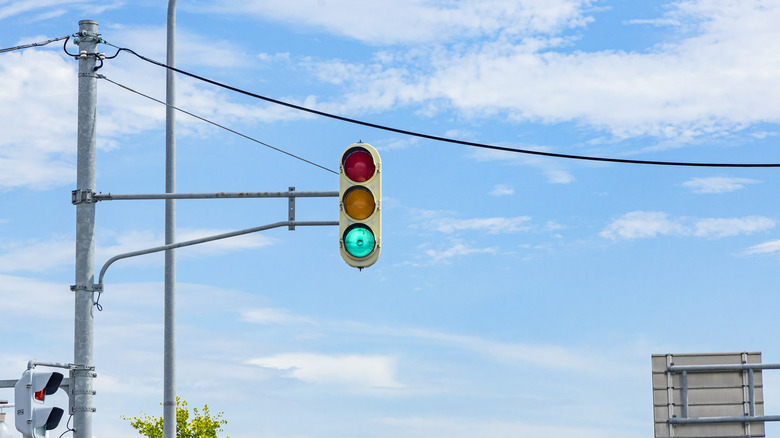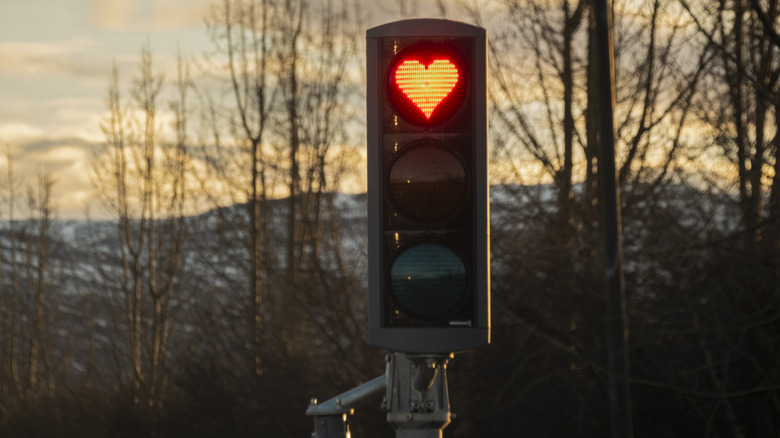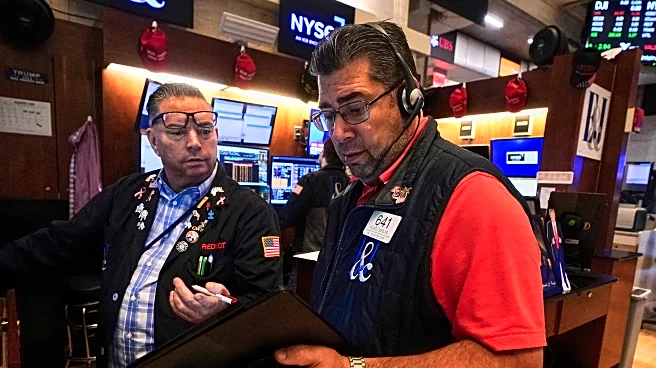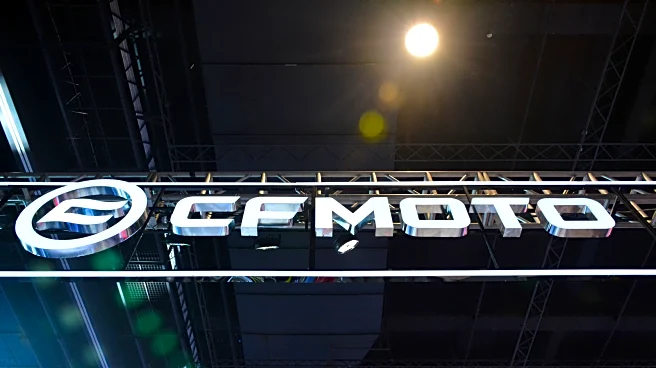
Some things are so ubiquitous that it's easy to forget they're designed for a reason. With more than 300,000 traffic lights set up across the United States, it's easy to take how they look for granted without really stopping to wonder why. But the colors used on traffic lights are chosen for specific reasons, and have a long history behind them. They're actually the result of ideas coming together from both psychology and railway engineering.
Red lights are partially used because the color is a universal
signifier of danger, or to signify 'stop'. Red signifying danger extends to nature -- think of poisonous berries or animals trying to deter predators from attacking them -- and so the eye is thought to be adapted to be more attracted to it. This means that it's easy to spot red things and react accordingly, making red an effective stopping signal. Red light's long wavelength also makes it easier to see across a longer distance, even in poor driving conditions. The sooner you see the light, the easier it is to stop safely without someone else hitting into the back of your car.
There's a similar premise behind green lights, with green often being associated with safety. You wouldn't see a green light -- or perhaps in Japan, a blue light -- and think it was telling you to stop. However, the significance of green lights goes a little further than psychology. Green lights were first used to signify 'go' before traffic signals were even used for cars. In fact, how traffic lights work and use color goes back to the signals used for trains.
Read more: 10 Toyota Models With Terrible Resale Value
Traffic Lights Have Had A Few Different Forms Throughout History

The traffic signals used today, including their color configuration, are based on concepts surrounding train operation. Green lights are one of the clearest examples of this, with train signals using green lights to signal 'go' to train conductors. White lights were originally used instead, but the over-prevalence of white light meant it was too easy to mistake the signals for something else or vice versa. Green light is relatively uncommon, making it a clear, easy-to-follow signal.
A new kind of traffic signal -- the basis of what we use at intersections now -- was designed by inventor Garrett Morgan throughout 1922 and 1923. The patented light took on a T-shape and could present with 'stop' or 'go' at traffic intersections to prevent collisions and provide clarity on the roads. As the lights were operated manually, they could also display a midway point between the two, so that drivers would know to proceed with caution, reminiscent of amber on modern traffic lights.
So, just how do amber (or yellow) lights come into it? Amber lights were also added in the 1920s and credited to William Potts. Similar to green lights, yellow was also based on railway signaling. It was added to make it easier for drivers to know when to stop or slow down, without slamming the brakes or flying straight through a red by accident.
Want the latest in tech and auto trends? Subscribe to our free newsletter for the latest headlines, expert guides, and how-to tips, one email at a time.
Read the original article on SlashGear.











